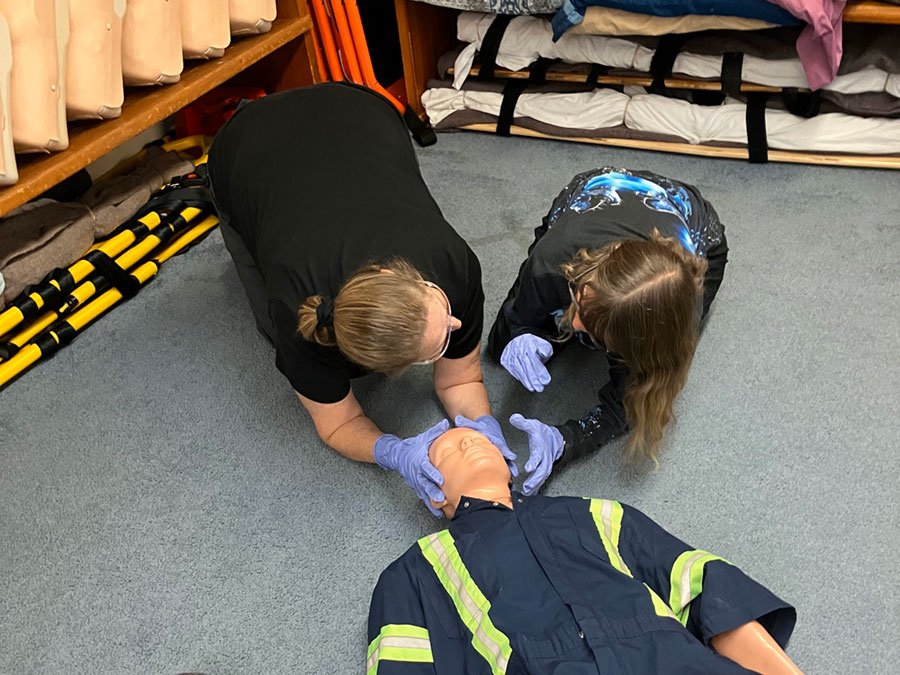Intermediate First Aid

Course Summary
Be Ready. Act Fast. Save Lives.
Medical emergencies can happen at any time, and having the right training can make all the difference. The Intermediate First Aid Certification equips individuals with the knowledge and skills to respond effectively to a wide range of medical situations. This course follows industry standards, ensuring high-quality training for workplace, community, and personal safety.
Through hands-on practice and expert instruction, participants will learn to assess emergencies, provide immediate care, and make critical decisions under pressure. This certification goes beyond basic first aid, covering essential techniques for handling injuries, medical conditions, and life-threatening situations. Whether in a professional setting or public space, knowing how to respond swiftly and correctly can prevent further harm and save lives.
What This Course Covers for Intermediate First Aid Certification
Learn how to perform high-quality CPR on adults, children, and infants. This section also covers the proper use of an Automated External Defibrillator (AED) to increase survival chances in cardiac arrest situations.
● Advanced Wound Care – Managing Bleeding & Soft Tissue Injuries
Gain the skills to assess and treat various types of wounds, from minor cuts to severe bleeding. Learn bandaging techniques, proper wound cleaning, and how to prevent infection while providing first aid care.
● Medical Conditions & Sudden Illnesses – Recognizing and Reacting
Understand the signs and symptoms of medical conditions such as strokes, seizures, diabetic emergencies, allergic reactions, and breathing difficulties. Learn how to administer initial care and stabilize the patient until professional medical help arrives.
● Fractures, Sprains & Musculoskeletal Injuries – Immediate Response & Immobilization
Learn how to assess musculoskeletal injuries, apply splints, and provide proper support for fractures, dislocations, sprains, and strains. This section also covers spinal injury precautions and emergency movement techniques.
● Emergency Preparedness & Workplace Safety – Meeting Health & Safety Standards
Gain knowledge of workplace safety protocols, emergency action plans, and legal considerations. This section ensures compliance with industry regulations, including OSHA, CSA, and other health and safety guidelines.
